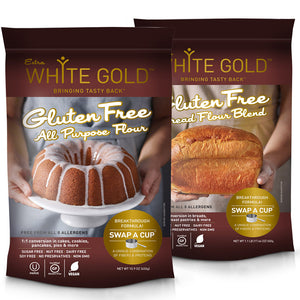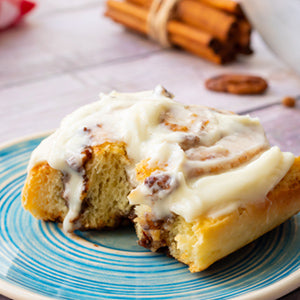Here are some great Baking Tips especially for you:
Liquid
Varying the amount of liquid in a yeast recipe has a significant effect on texture. Breads made with softer dough are usually moister, higher rising, and exhibit more open texture. The drier the dough, the denser and drier bread will be, it will take more time to rise.
Salt
Salt is needed in baking. Salt always comes last (it kills the yeast).
Ingredients
Use lukewarm liquid in yeast dough, about 100°F to 105°F — a bit warmer than body temperature. Use room temperature ingredients.
Proofing dough
Let the dough rise in a warm, draft-free location. Ideal rise temperatures are between 80°F – 90°F; higher temperatures may kill the yeast and keep the dough from rising; Lower temperatures will slow the yeast activity which will increase your rise time.
Chef's Mazor tips for a maximum dough rise:
Heat for 2 min. 1 cup of water in the microwave. This will create a proofing box- let the covered dough (with a plastic wrap) rest for an hour in the microwave. (do not operate it).
Second proof is shorter, transfer the dough to the bread pan and let rise, covered for another 20 min. (use the micro method again).
The third rise is when the bread is baking. Place a dish filled with hot water in an oven safe dish carefully, at the bottom shelf in the oven while baking the bread.



